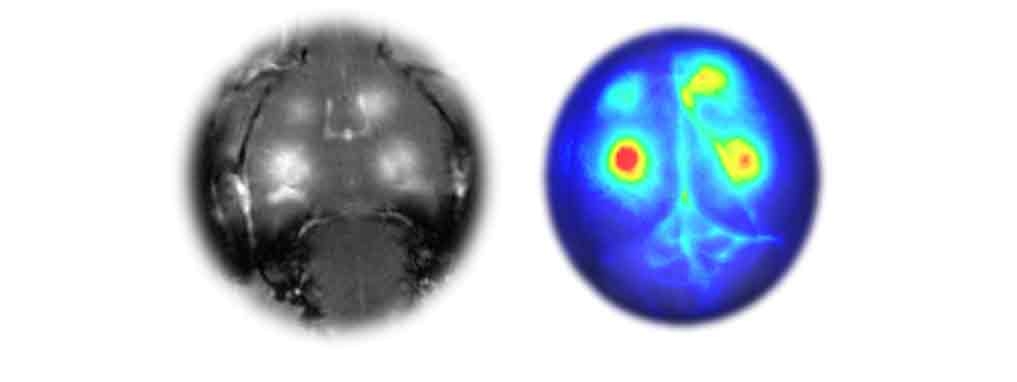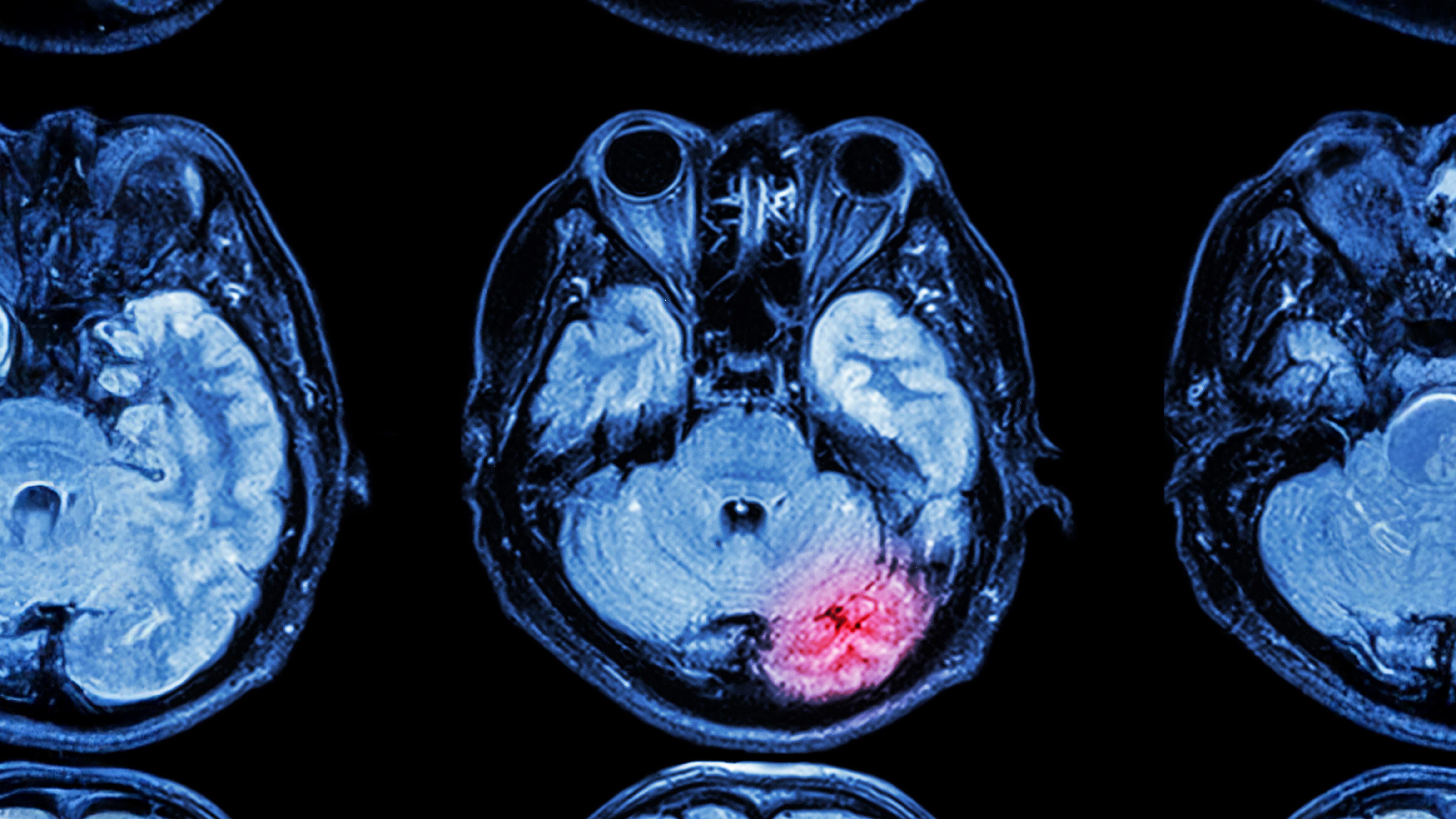Curix’s technology is designed to advance microbubble-enhanced FUS for blood-brain barrier modulation (FUS-BBB) by offering improvements of current state-of-the-art methods. These methods utilize polydisperse microbubbles administered through manual bolus injection or gravity drip infusion. Our goal is to make FUS-BBB more clinically accessible by standardizing protocols and improving treatments for brain disease.
Photo: Dr. S. Snipstad, Department of Physics, Norwegian University of Science and Technology, Trondheim, Norway

- Curix’ Microbubble Injector system addresses key factors affecting microbubble properties and its administration.
Key factors include microbubble uniformity, type of injection (bolus vs. infusion), homogeneity of the microbubble suspension and its stability during injection.
- Monodisperse microbubbles respond uniformly to the FUS.
Monodisperse microbubbles have uniform ultrasound responses, making them predictable and controllable for FUS-BBB, which aids targeted therapy and drug delivery. In contrast, polydisperse bubbles' variable acoustic behavior makes them less suitable for precision applications.
- Microbubble administration plays a pivotal role in optimizing the efficacy and safety of FUS-BBB.
Current administration techniques utilized in preclinical and clinical research, such as manual bolus and gravity drip infusion, are not well suited for large-volume and long duration FUS-BBB treatment.
- Proper microbubble infusion requires automated pumps with controlled agitation.
Continuous microbubble infusion using a dedicated injector system, including automated mixing such as with Curix’ microbubble injector system, provides a more controlled and sustained presence of microbubbles in the bloodstream. This may enhance the efficacy and safety of FUS-BBB.
key benefits of our technology.
- Bedside formation of monodisperse microbubbles with uniform and predictable ultrasound responses.
- Automated and precisely controlled microbubble dosing and administration.
- Supports the optimization and standardization of FUS-BBB.
- MR-conditional device suitable for use within MRI suites during MRI-guided FUS (MRgFUS) interventions.
- Accommodates the administration of commercially available ultrasound contrast agent microbubbles.
development timeline.
- 2021: Curix was established.
- 2022: The first prototype Microbubble Injector was developed.
- 2023: Feasibility of automated microbubble formation and controlled administration was demonstrated under laboratory and preclinical conditions.
- 2024: Successful BBB modulation was demonstrated under preclinical conditions.
- 2025: An MR-conditional prototype device for (pre)clinical MRgFUS testing is developed.
- 2026: Work will continue towards clinical translation1).
1) Initial clinical applications are anticipated in neuro-oncology, focusing on patients suffering from recurrent glioblastoma, as well as for the treatment of neurodegenerative diseases such as Parkinson’s disease and Alzheimer’s disease.
Important notice: This technology is currently under development and has not yet been issued a CE certificate in accordance with the EU Medical Device Regulation. It is also not approved by the U.S. Food and Drug Administration for clinical use.

